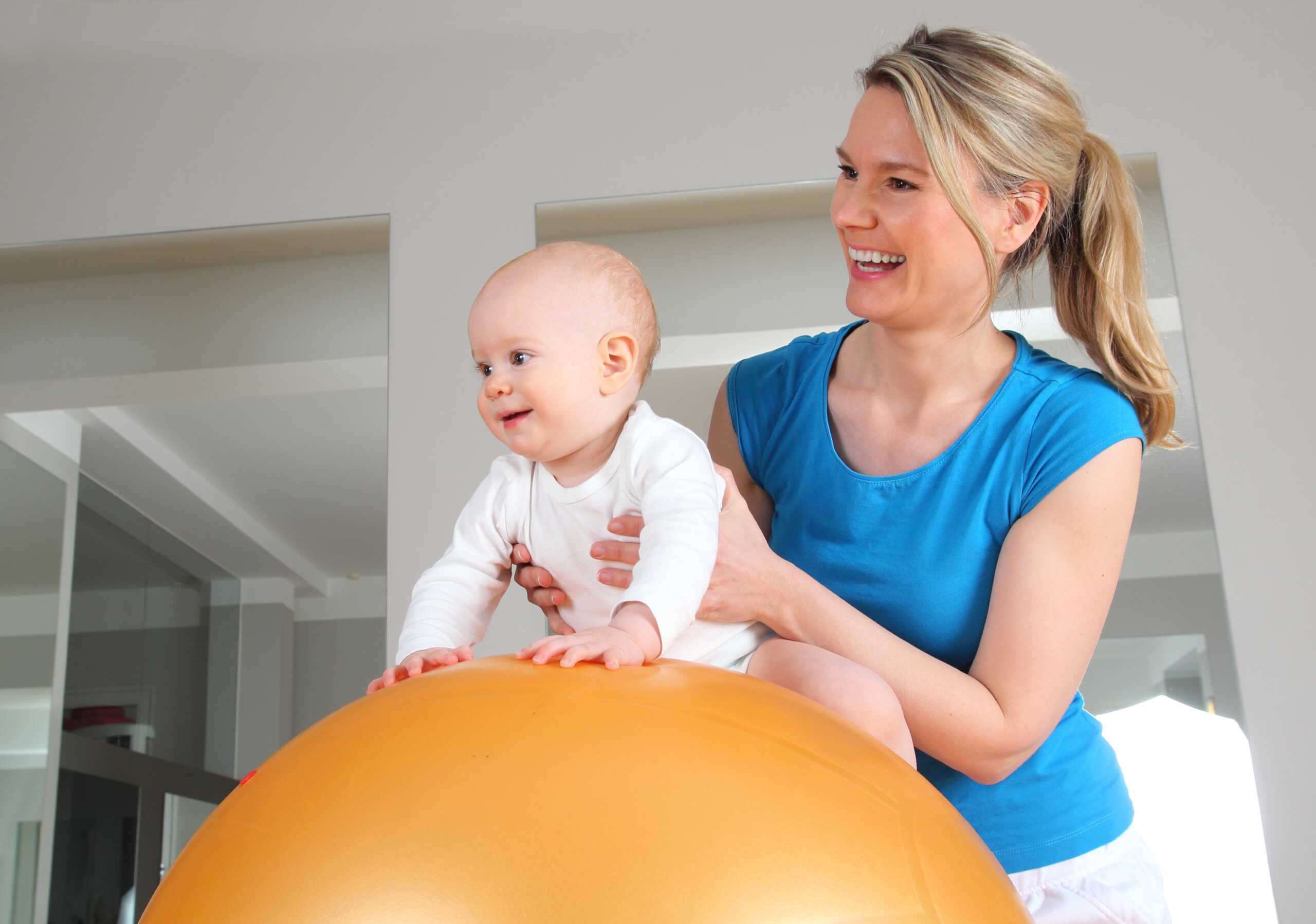Blog

Infant Physical Therapy: What You Need to Know
Infant physical therapy can be one of the best forms of habilitative and rehabilitative treatment for babies who are delayed, disabled or who have suffered a birth injury or genetic condition. For our smallest patients, physical therapy is typically going to focus on helping babies:
- Learn to balance
- Gain muscle control
- Reach or catch up to important developmental milestones
Many physicians recommend physical therapy to help these children learn how to move properly and carry out the functions of daily life. Pediatric physical therapists work with children who have conditions like:
- Torticollis
- Neuromuscular disorders
- Cerebral palsy
- Erb’s palsy
- Preemies
- Traumatic brain injuries
- Spina bifida
- Down syndrome
The goals of infant physical therapy will be highly dependent on the child’s condition, which is why our team at Therapy & Wellness Connection will develop an individualized treatment plan with unique goals for each child.
For example, many infants who are born premature will maintain a posture that keeps their shoulders up close to their ears. One of the things we’ll aim to gently massage and push the baby’s shoulders down in an effort to help him/her keep a proper posture. This can also help stimulate growth the child missed out on in crucial in utero development.
Preemies may also be at higher risk of gross and fine motor skill impairments, so their goals will evolve as the child gets older. The good news is that babies can be very resilient. We look for the main skills they’ll need to develop first to help give them a better start so they can catch up or stay on track developmentally. Typically, the sooner we start infant physical therapy, the more success they will have in the long run.
Some other common goals for infants may include:
- Working to manage and reduce pain
- Promote correct movement patterns and positions
- Boost muscle function
- Help with age-appropriate development milestones
- Overcome key limitations
Exercises and Tasks We’ll Practice in Infant Physical Therapy
The exact type of exercises and activities on which we’ll focus will vary significantly depending on the child’s disability, age and disorder. But many families can expect we’ll engage in things like:
- Head control exercises
- Balance and flexibility exercises
- Gentle stretches, muscle kneading and massaging
- Use of an exercise ball for strength support and training for crawling
- Alternating cold and hot compresses on muscles and joints
How Do I Know if My Baby Needs Physical Therapy?
In most cases, it will be your child’s doctor who recommends or refers your baby for physical therapy. If your child has a genetic condition or injury, you may already understand that it is a standard treatment. Some indicators that your child may need physical therapy:
- He or she does not meet key developmental milestones in the first 12 months of life
- He/she favors a particular side of their body or appears to only be tilting their head to one side
- Poor posture
- Poor muscle tone
- Trouble with balance
- Limited (or excessive) mobility of joints
- Diagnosis of a condition like torticollis, cerebral palsy, Down syndrome or Erb’s palsy
Infant physical therapy should only be preformed by a licensed, accredited and experienced physical therapist, preferably one who is board-certified in pediatric physical therapy.
Therapy & Wellness Connection – your connection to a life without limitations – provides physical therapy to children in Akron, Cleveland, Brecksville-Broadview Heights and surrounding communities. We also offer summer camp, day programs, education services, vocational counseling and more. Call us at (330) 748-4807 or send us an email.
Additional Resources:
Academy of Pediatric Physical Therapy
More Blog Entries:
How Akron Pediatric Physical Therapy is Different Than Adult PT, June 28, 2020, Akron Infant Physical Therapy Blog
